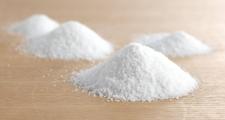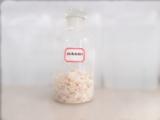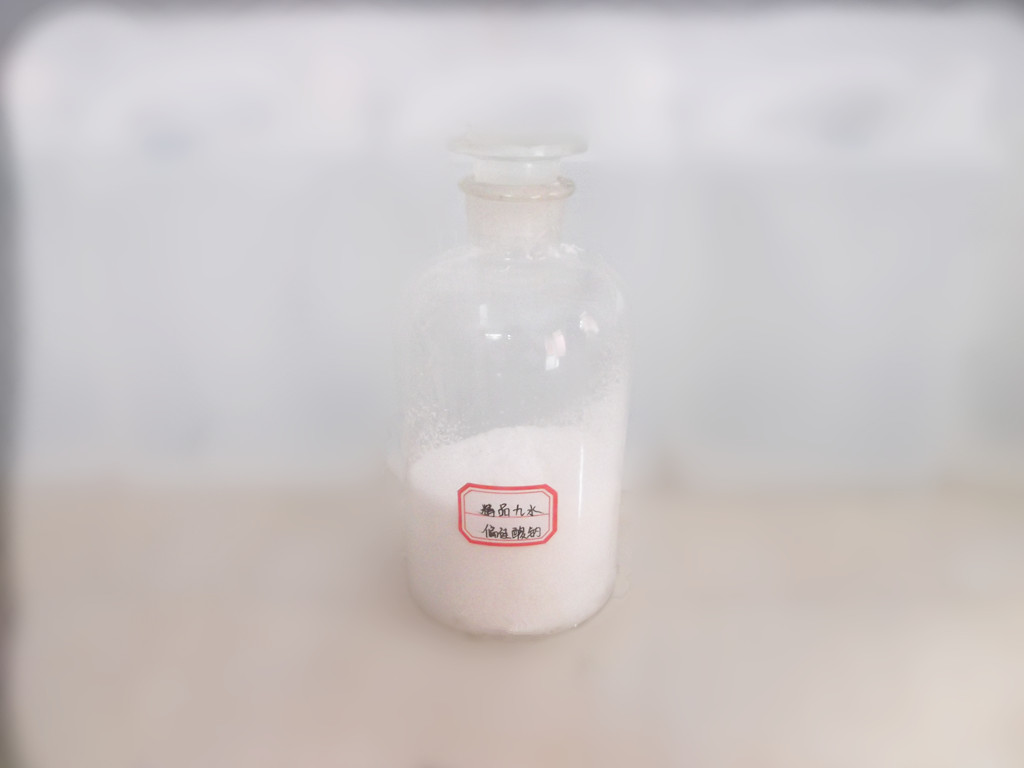
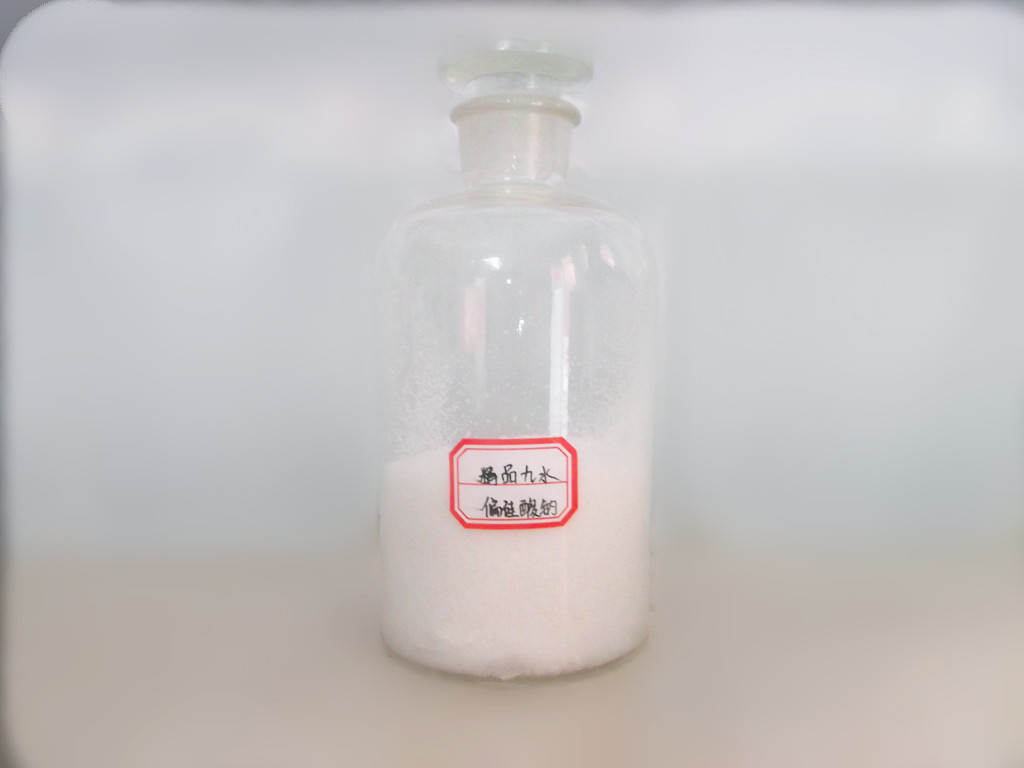
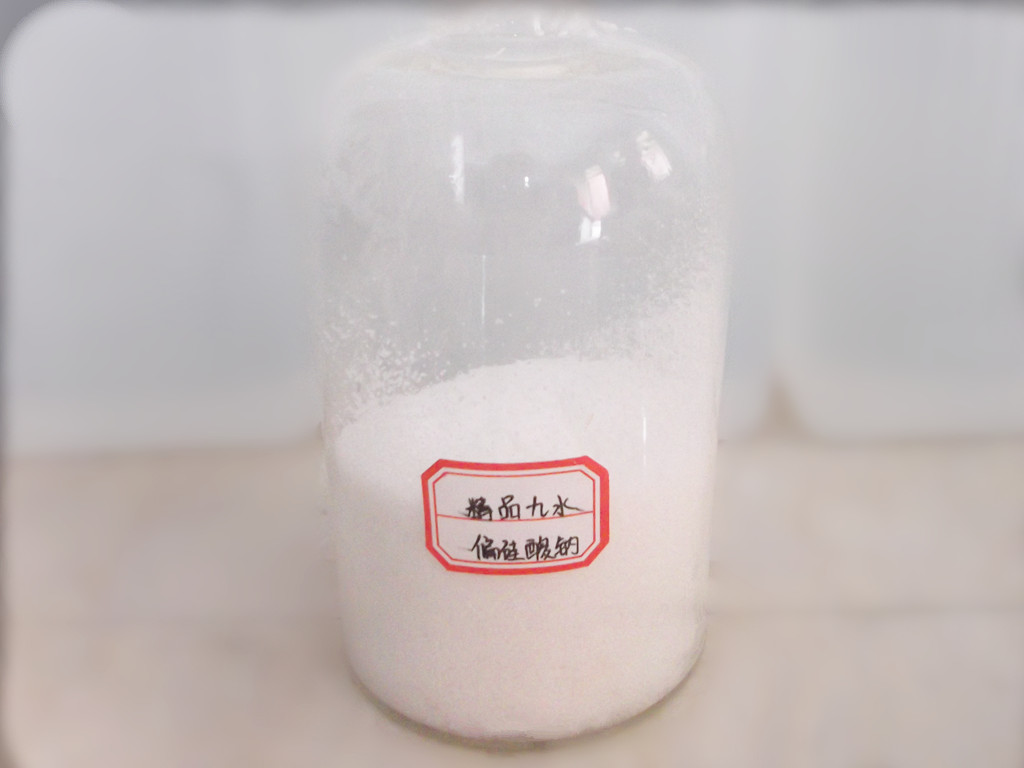



Sodium Metasilicate
Introduction to Sodium Metasilicate
Sodium metasilicate is a non-toxic, odorless, and pollution-free white crystalline particle that is easily soluble in water, insoluble in alcohols and acids, and water-soluble to alkaline. It has the ability to remove dirt, emulsify, disperse and moisten, penetrate, and has buffering capacity for pH. Belonging to infinite products, it is prone to moisture absorption and deliquescence in the air.
- model: +86-18954444620
Sodium metasilicate pentahydrate
The function of sodium metasilicate
In inorganic electrolytes, sodium metasilicate has the highest activity alkalinity and pH buffering index, and has strong wetting, emulsifying, and saponification effects on oils and fats. It has excellent performance in removing, dispersing, and suspending dirt, and can prevent the re deposition of dirt.
Sodium metasilicate has a wide range of applications in industrial fields such as detergents, ceramics, electroplating, textiles, printing and dyeing, papermaking, cement, concrete, refractory materials, oils, and leather processing. The industries with high application volume are ceramics, industrial cleaning, detergents, concrete, printing and dyeing, papermaking, cement, petroleum extraction, etc. Sodium silicate is used in detergents, and there are already 40 applications abroad
The use of sodium metasilicate
1. Washing aids
Sodium metasilicate is easy to mix with other commonly used diluents such as soda ash, phosphate, sodium humate, etc. to form a suitable dilution and gelatinization agent, which has better gelatinization performance than a single gelatinization agent. Sodium metasilicate has strong wetting, emulsifying, and saponification effects on fatty substances, and has strong degreasing properties. It is widely used in the preparation of various detergents and is the best substitute for sodium tripolyphosphate.
2. Metal surface treatment
Silicates undergo hydrolysis in water, and the resulting silicic acid is insoluble in water. Instead, it is suspended in a micelle structure in the tank solution. This solvated micelle has the ability to suspend and disperse solid dirt particles, and has an emulsifying effect on oil stains, which is beneficial for preventing dirt from re depositing on the surface of the workpiece. Silicates have a buffering effect, meaning that their pH value remains almost unchanged in the presence of acidic dirt. Silicates can also form precipitates with high valence metal ions in water, remove iron salts from water, and chelate calcium and magnesium ions, which can be said to have a softening effect on water in a certain sense. Silicates also have corrosion resistance and are metal corrosion inhibitors, so alkaline cleaning agents used for non-ferrous metals, especially aluminum, zinc, tin and other components, almost all contain silicates.
3. Ceramic grinding aids
The reason why sodium metasilicate has a diluting effect is that it can increase the surface charge density of the micelles in the mud, thereby increasing the double layer and zeta potential, and increasing the repulsive force between particles; At the same time, the silicate anions contained in sodium metasilicate can form insoluble substances with harmful ions such as Ca2+and Mg2+in the mud, promoting the exchange of Na+and reducing the viscosity of the mud while increasing its fluidity. Specially suitable as an additive for ceramic slurry injection molding.
4. Refractory raw materials, de ink raw materials, and plastic and water retaining agents.
